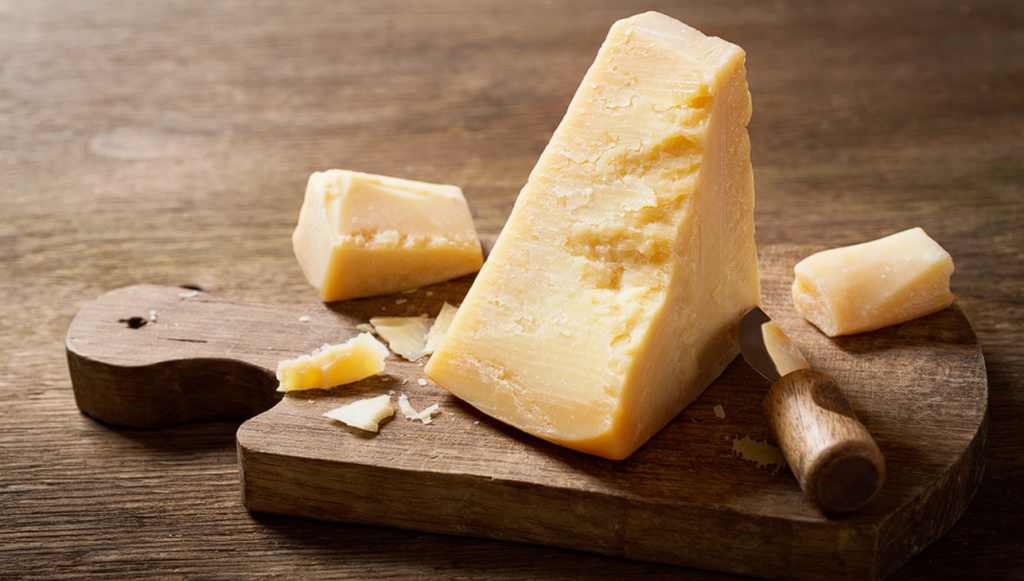People are grossed out after learning what parmesan cheese is made of.
Others are reading now
Parmesan cheese is a staple in kitchens worldwide, celebrated for its unique flavor and its ability to elevate various dishes. However, the cheese’s manufacturing process has left some consumers unsettled.
Traditionally, Parmesan is made from unpasteurized cow’s milk, to which whey is added—the liquid remaining after milk has been coagulated and filtered. The mixture is then slightly heated, and an ingredient called “calf rennet” is added.
This is where the surprise comes in for some people. Calf rennet is a set of enzymes produced in the stomachs of calves. So, in your traditionally made Parmesan cheese, there are actually parts of a calf’s stomach.
This revelation has deterred some people and makes you really wonder how humans invented half of the foods we buy in the first place.
Also read
At some point in history, someone decided to milk cows, coagulate the milk, make cheese out of it, and then add calf rennet to the mix.
While the early days of food science may have been very much in the “throw ideas at the wall and see what sticks” camp, it has resulted in some very popular dishes.
Parmesan cheese is one of the most popular cheeses globally, even though the addition of rennet means they are not really suitable for vegetarians, as it comes from animals that are killed for their meat. Farmers do not kill calves solely for their rennet; it is more of a byproduct, but the animal does not survive the process.








